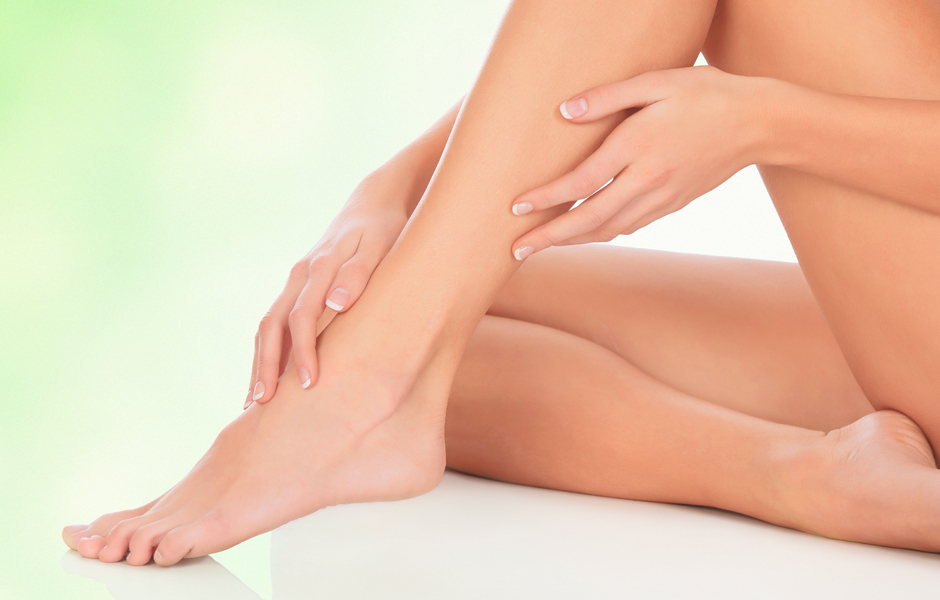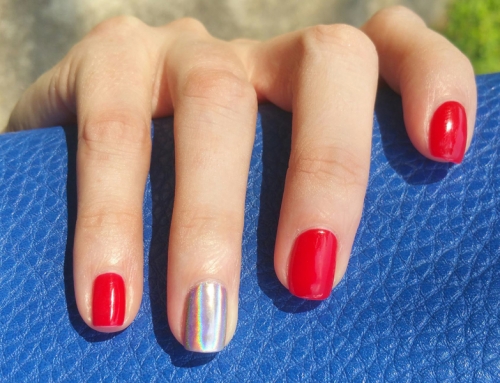Waxing is a popular option for keeping your skin smooth and hairless for weeks, but most of the time it isn’t a spur-of-the-moment decision. Whether you’re waxing a smaller area like your eyebrows and upper lip or you’re getting a larger expanse such as your leg or arms, your skin needs some prep to minimize any discomfort and help you achieve the best results.
PREPARE
Here are some tips to make sure you’re ready for your next waxing appointment at Polished:
- No matter where you’re waxing, check the skin before you go in for your appointment. Broken skin or inflammation needs to heal before you’re ready to wax. If you have moles or beauty marks, point them out so they can be protected during the waxing process.
- You want the hair long enough but not too long. Keep hair long enough for the wax to grip it. When the hair is too short, the wax can’t pick it up well enough to remove it. When it’s too long, it prevents wax from adhering and causes more pain. Two to three weeks of growth (or about an eighth to a quarter of an inch) is ideal for leg, underarm and bikini hair.
- Gently exfoliate your skin a day or two before waxing, but skip it the day of your waxing appointment. Exfoliation helps wax grab hair and not skin, but it can also leave skin more sensitive to pain, so lighter is better. A rough washcloth is perfect for gentle exfoliation, but don’t scrub too hard.
- Moisturize well on the days leading up to your appointment. Healthy, well-moisturized skin allows the wax to release more easily. Too much moisturizer could coat the hair and interfere with the wax’s grip, so avoid moisturizing on the day of your waxing session.
- If you are going for a Brazilian or Bikini wax, keep skin in the bikini area scrupulously clean. Waxing can leave skin vulnerable to infection, and areas of the body that are normally warm and damp are more prone to bacterial growth. You may also consider bringing in a fresh pair of cotton underwear to change into after your appointment (post-wax your pores are exposed, so a clean pair of underwear will help keep germs away).
- If you have a low pain tolerance you can take a Tylonel or Advil about 30 minutes before your wax.
- Certain medications can sensitize skin to waxing. Retin-A creams can leave skin susceptible to injury during waxing. Discontinue retinol-based products at least two weeks before waxing. Accutane users should stop taking their medication at least a month before waxing. Before making any changes to your prescription medications, talk to your dermatologist.
CARE
Immediately after your wax
It’s normal for a little bit of redness and/or a prickly heat type rash to appear immediately after your wax. This should disappear after a few hours and is normally due to a histamine reaction. Because waxing removes the hair at the root, it’s important that you keep the area clean and bacteria free. This means:
- No sunbathing, hot baths, saunas, or exercising for 24 hours
- No swimming in a chlorinated pool for 24 hours
- Avoid applying any topical lotions for 24 hours (fragrances and other lubricants can cause a burning sensation)
- Also avoid touching the waxed area to ensure it remains bacteria free
3 to 10 Days after waxing
As your skin closes over the follicles, you want to ensure the prevention of ingrown hairs. This is when new, often softer hair can get trapped under the skin. With a few simple measures you can easily avoid this.
- Gently exfoliate the area every 2 to 3 days – this is particularly important after about day 3 through to about the 10 day mark. It doesn’t need to be hard scrubbing, just a gentle exfoliation.
- Regular exfoliation, combined with moisturizing, should keep skin soft and prevent bumps and ingrown hairs.
- The added bonus of following the after care advice (apart from your skin looking hairfree and smooth for longer), is that it really will make your next wax a whole lot quicker and less painful.
How long will your wax last?
If you’re a first-time or occasional waxer you will likely notice some new hair growth within 2-3 weeks due to the naturally staggered hair growth cycle. This part of regrowth will be sparse, about one-third of the hair normally present. Soon after the remaining hair will begin growing in. Regular waxing will leave the area hair free for 3 to 6 weeks. Over time the density of hair in the waxed area may start to decrease as well.



Leave A Comment